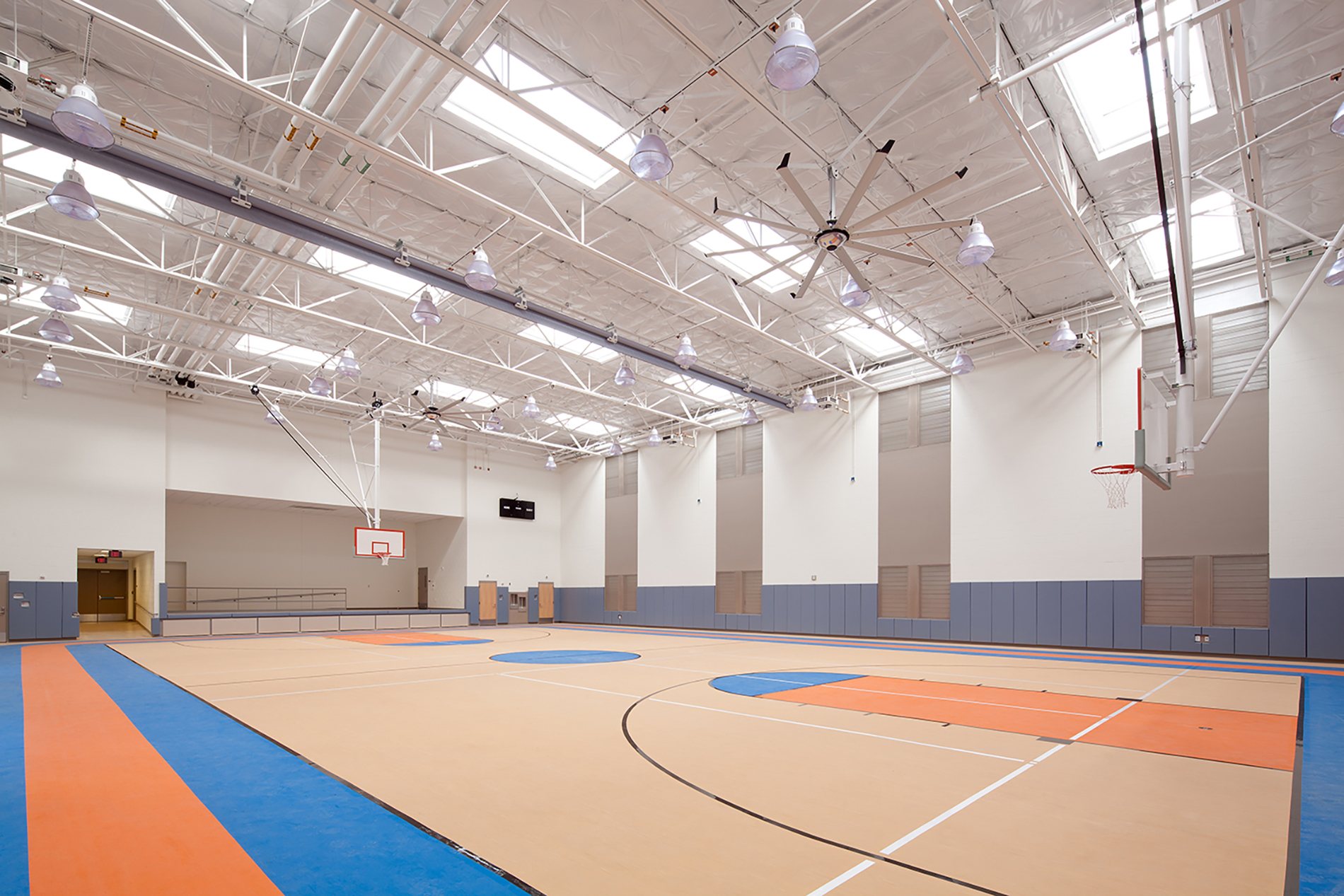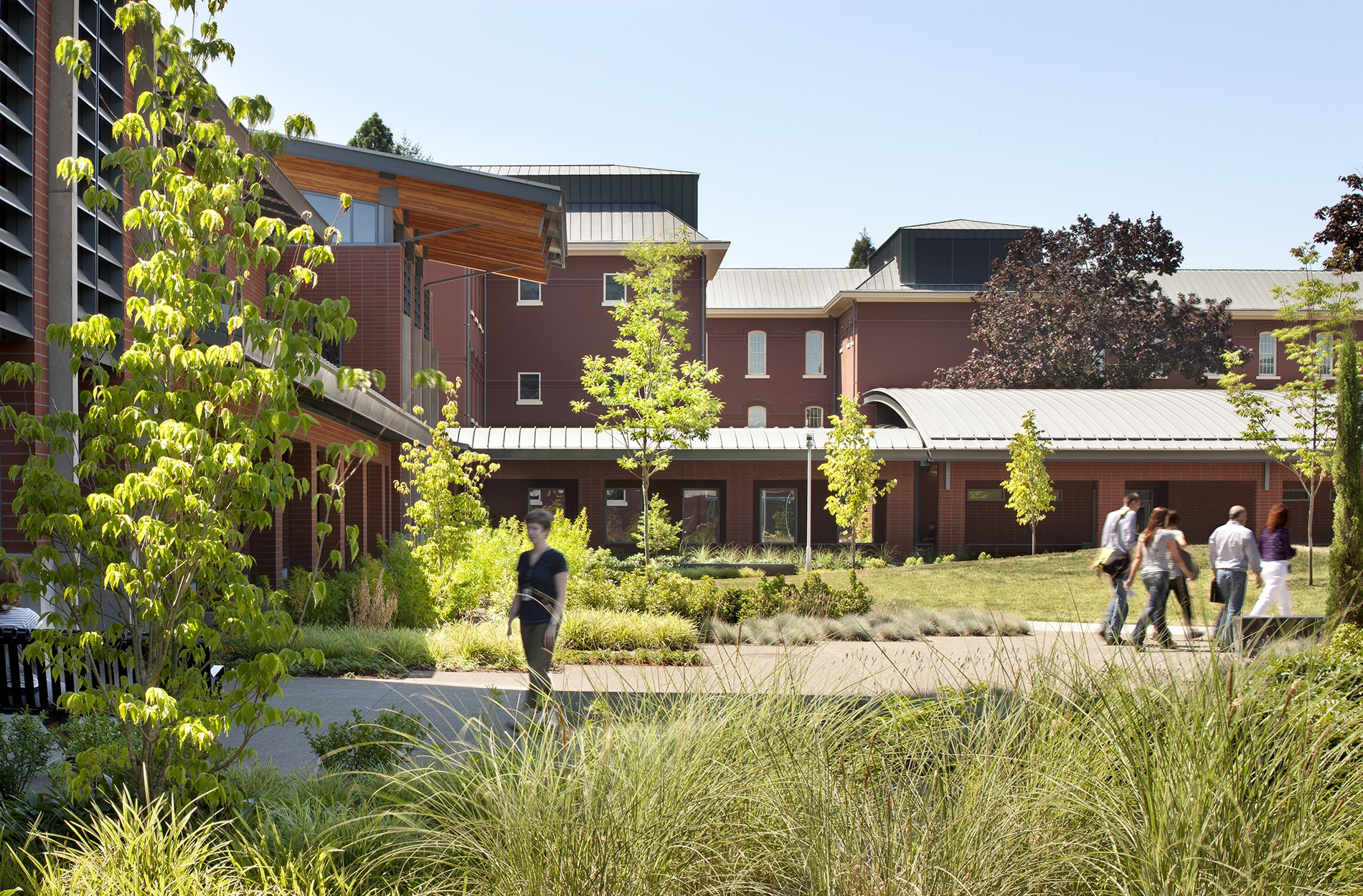In recognition of Mental Health Awareness Month, HOK’s Jeff Goodale, director of Justice, and Virginia Pankey, a senior medical planner and behavioral health expert, discussed trends impacting the design of behavioral health facilities.
In this Q+A, they share insights about the importance of robust mental health resources, progressive design strategies that promote healing and how to take a more personalized approach to behavioral health design.
How did you first become interested in behavioral health facilities?
Virginia: When I started at HOK, I worked on projects for the Wyoming Department of Health, one of which was a life resource center that provided skilled nursing and behavioral health services for dual diagnosis clients needing both mental health and medical services. It sparked my interest as I saw the impact and need for projects like these. Personally, my grandmother suffered from postpartum depression when my father was born in 1936. At that time, mental health issues weren’t discussed as openly as they are now, and she was institutionalized as a result. She never got out of the system. It’s a reminder for me that we all have family and friends that are affected by mental health issues.
Jeff: I’ve had an interest in mental health treatment for many years. I’ve also been working on justice facilities for more than 30 years. Up to 70 percent of inmates in the U.S. have acute mental health issues. Often people end up in the prison system because they have mental health issues and don’t have the resources to seek treatment. I’ve seen firsthand how progressive mental health treatment in the facilities we design can positively impact an individual’s outcome.
How has the approach to behavioral health design evolved? Which trends are influencing the design of these facilities?
Virginia: On the healthcare side, we’ve seen an uptick in the need for community resources to treat mental health issues. Often, mental health patients arrive at the emergency room for treatment. As many as one in eight ER patients are actually mental health patients. We’re now designing behavioral health crisis stabilization units that allow for mental health patients to be admitted and cared for by clinicians, therapists and social workers who are trained to find them the resources they need. For mental health patients, walking into a chaotic and loud ER is the last thing they need when in crisis. These stabilization units intercept patients. Another trend we’re seeing is a move to open nurse stations. Research shows that open environments result in less aggressive patients.
Jeff: Our priority is creating environments where people with mental health issues can thrive. In cities like Nashville and Indianapolis, we are designing alternative outpatient spaces associated with detention facilities that give those with mental health issues a safe, more appropriate space to seek treatment. We have to design with security in mind, but we aim to make these spaces look and feel more residential. We use durable but natural materials. We bring in more daylight. We collocate medical and mental health treatment spaces, so individuals have a hub where they receive everything they need. Most have dual diagnoses, so this collocation allows for 24-hour, collaborative treatment. Fifteen years ago, isolation was the trend in dealing with mental health issues in the inmate population. Today, these housing units are designed for community, with group therapy, ease of access to resources and more options for how an individual is treated. I think we’ll continue to see the growth of these facilities.

There are so many misconceptions associated with behavioral health facilities. How do you design to promote healing and alleviate stress for patients?
Virginia: There is an increased focus on healing and wellness in these facilities. The goal is to give patients the resources they need, whether that be medication or therapy, and allow them to move back into their community. We set up facilities as if they are neighborhoods. The patients’ private rooms act as their residence and are close to shared dining and socializing spaces where they can interact with a small group of patients. Shared clinical support spaces like group therapy and consult rooms are located between these patient neighborhoods, as are staff spaces and supply rooms to minimize duplication and allow clinicians easy access to those they are caring for. Their clinicians may approve patients to access a larger ‘downtown’ area where they can pick up their mail, participate in art therapy or fitness classes, and attend chapel. This creates more normalized, less institutionalized spaces.
Jeff: We use a similar neighborhood approach in justice design. We prioritize giving inmates choices about things like what and where they eat. Some are able to sit at a table and have a conversation while they enjoy a meal. Others would rather be alone at a standing counter. The important takeaway is there isn’t a one-size-fits-all approach to behavioral health facilities.
Virginia: We also incorporate quiet rooms in our facilities. These spaces aim to de-escalate things when a patient is agitated. But they allow patients to choose their music and lighting levels. Personal choice empowers patients and gives them a sense of control over their environment when things feel out of control.
Jeff: Courtyards and connections to the outdoors are important for healing. That variety and stimulation is grounding. We also pay special attention to light and acoustics. We want to reduce reverberation and background noise. In older justice facilities, bright lighting was used so administrators could better see what inmates were doing. But too much light disrupts sleep, and there is perhaps nothing more critical to our health than sleep.
How do you design for staff working in an emotionally taxing field like mental health?
Jeff: The people who work in justice mental health are some of the most dedicated and caring individuals I know. The environments where they work often pose a safety challenge and getting results is difficult. We know that enhanced therapeutic environments improve the performance and outcomes for the patient-inmate, which is the greatest reward for staff. When we provide better and safer spaces for patients, staff also have a better experience.
Virginia: It takes a special person to work in mental health. As designers, we need to help make them feel comfortable and secure. We want to create efficiencies and a sense of perceived safety. Areas of respite for staff—even if it’s a simple lounge—allow them to step away from a chaotic environment. At Wyoming State Hospital, staff members have access to a lush garden space.
